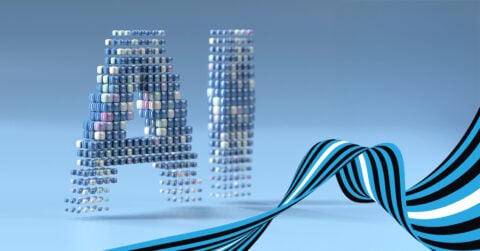
Service Delivery Automation (SDA) encompasses cognitive computing as well as RPA (robotic process automation). Software providers that provide SDA come to market with an enterprise licensing structure that basically requires the customer to license a number of agents for a specific length of time. But in using this licensing model, service providers unintentionally constrain adoption and open the door for competitors’ differentiation.
The problem is that many of the uses for SDA are cases where companies need variable amounts of agents and computers. For example, the client may have a million transactions to process. So it could buy a license for one agent to run through those transactions in a week; but to reduce cycle time requires buying the license for 10,000 virtual agents for one hour. At Everest Group, we clearly see clients becoming frustrated with this lack of licensing flexibility.
This situation calls for a consumption-based approach to SDA in which the customer pays the software provider handsomely, but the provider doesn’t constrain or force unnatural motions on its customers and doesn’t create unnecessary cycle-time issues.
This blog is a call to service providers to come up with a consumption-based pricing model for SDA services. I’m not advocating that providers give away their software or take less money for it. I am saying that the current pricing structure inhibits adoption and is a constraint on the growth of the industry. Employing a consumption-based pricing model doesn’t mean that the client won’t pay a fair compensation or that the provider won’t be profitable. To achieve this, providers need to create some kind of metering vehicle in which time or activities are metered and they need to link their pricing to this meter.
Photo credit: Flickr










